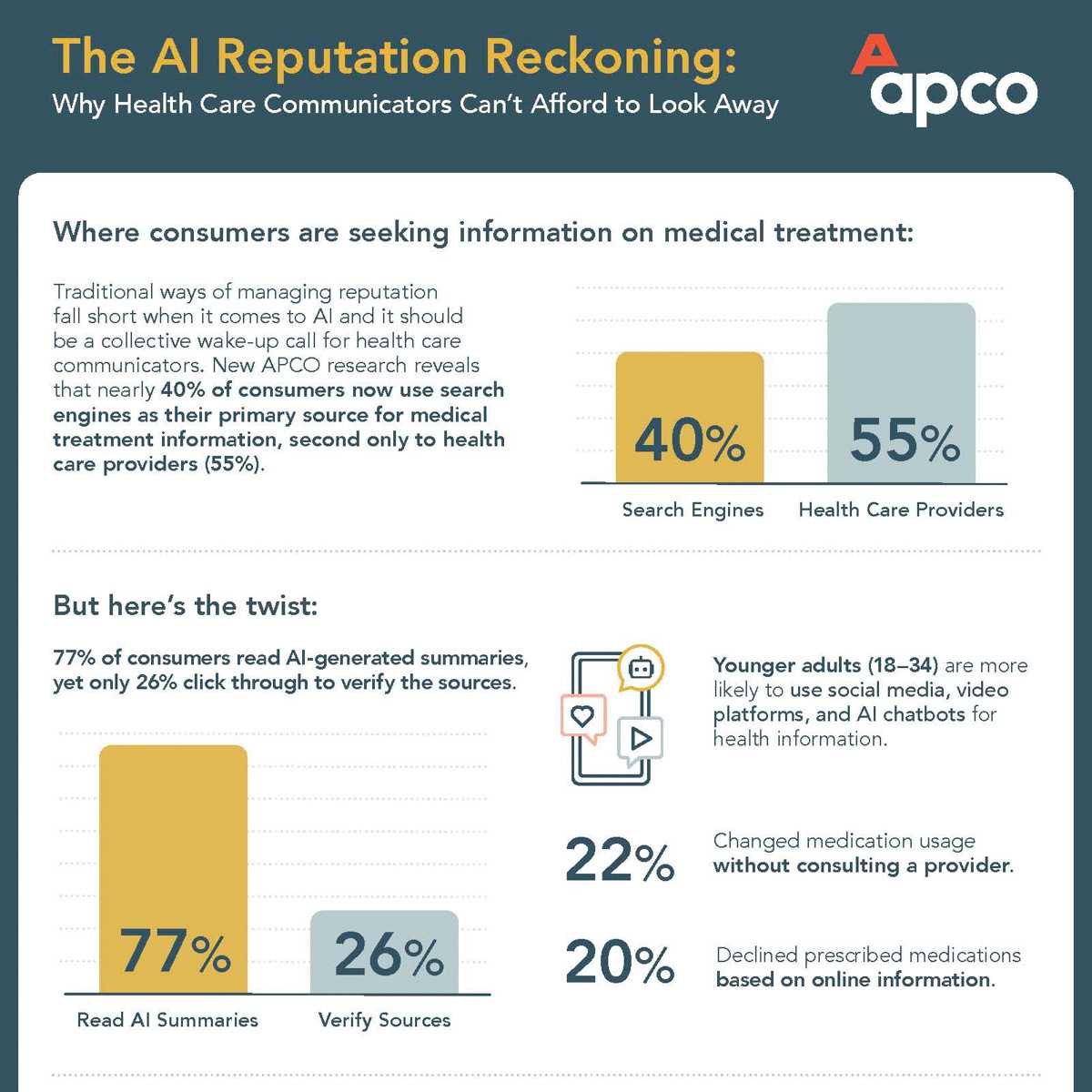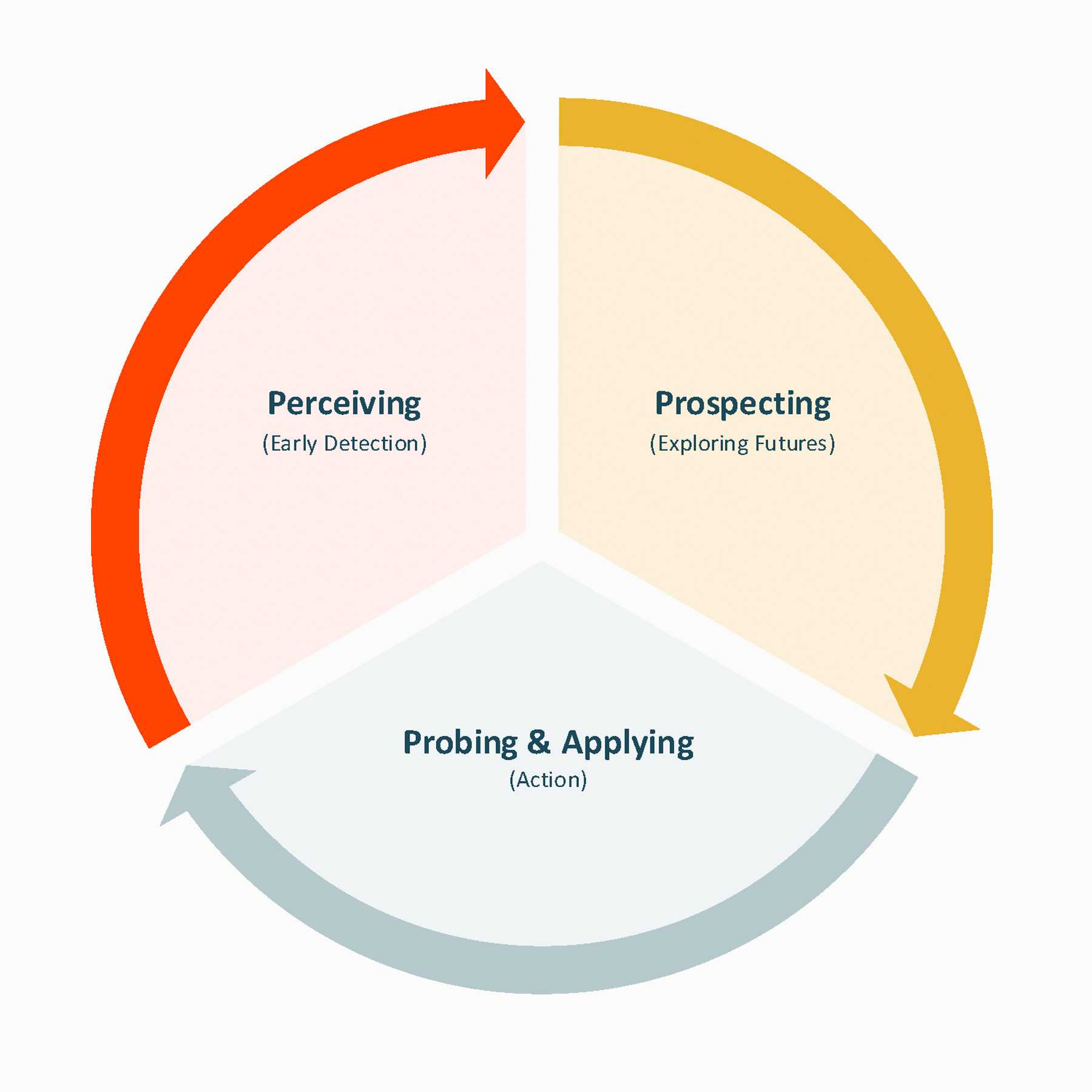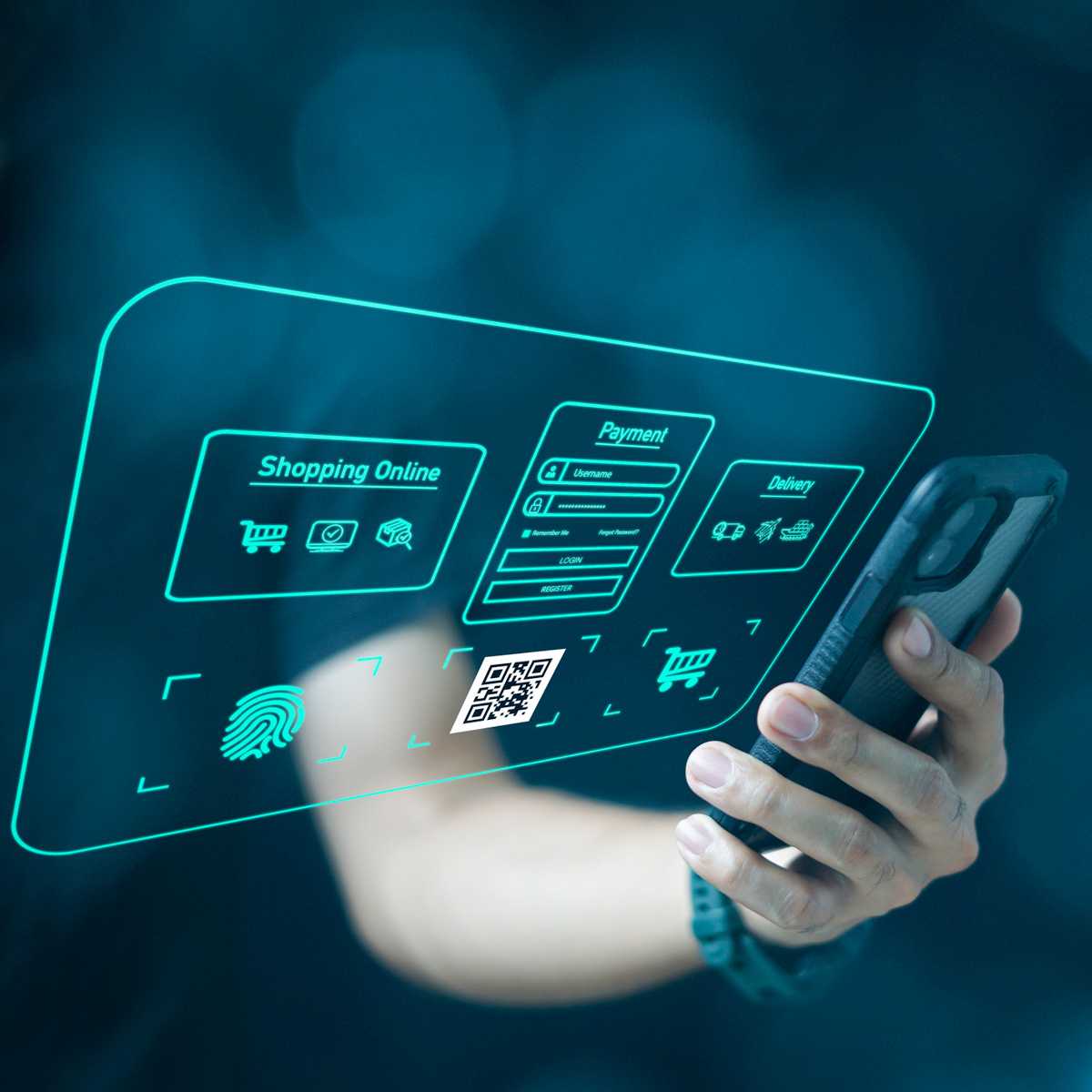

Originally published on Gagen MacDonald‘s blog.
If you look up “work” in the dictionary, it’s defined as the exertion of physical or mental effort to accomplish tasks or fulfill duties, often in exchange for compensation. But does that definition really hold up today? Does it capture what work means—to individuals, teams and organizations—or what it could become in the years ahead?
At Gagen MacDonald, we’ve been asking ourselves big questions: What is the future of work? And, more fundamentally, what is work? These aren’t just academic exercises—they’re an exploration of the forces reshaping how, where and why we work. And while we’re still in the early days of this journey, one thing is clear: the future of work isn’t just about technology or hybrid schedules. It’s about people. It’s about understanding the human experience of work in a world of constant change. And it’s about designing systems, cultures and leadership approaches that don’t just keep up with change but help people and organizations thrive through it.
To frame this exploration, we’ve been thinking about the future of work across three dimensions:
- The workforce (who’s doing the work)
- The work itself (what’s being done)
- The process (where and how the work gets done)
Let’s dig in.
The Workforce: A Generational Kaleidoscope
For the first time in history, the workforce is composed of four generations working alongside one another. Each brings distinct values, motivations and expectations to the table, creating unprecedented complexity—and opportunity—for organizations.
- Baby Boomers (born 1946–1964) are retiring later, bringing vital experience and institutional knowledge.
- Generation X (1965–1980) often serves as the bridge between seasoned leaders and digital-native talent.
- Millennials (1981–1995), now the largest workforce segment, prioritize purpose, flexibility and work-life integration.
- Generation Z (1996–2012) demands authenticity, inclusivity and a tech-enabled work experience.
- Generation Alpha (born after 2012) will enter the workforce over the next decade with an entirely digital-first perspective.
This generational mix offers rich potential for collaboration and innovation, but it also brings challenges. Knowledge-sharing gaps, differing communication styles and clashing values can strain even the most inclusive cultures. Add to this the rapid integration of artificial intelligence (AI) and automation—set to significantly alter or displace up to 60 percent of jobs by 2050, as estimated by Forbes—and the stakes become even higher.
Organizations that succeed in the future of work will be those that invest in workforce adaptability. This means reskilling employees, supporting inclusive collaboration across generations and enabling leaders—especially middle managers—to navigate the complexities of a multigenerational workforce with empathy and clarity.
The Work: From Repetition to Reinvention
The nature of work itself is fundamentally shifting. Routine and repetitive tasks are increasingly automated, while demand is soaring for skills like creativity, emotional intelligence and complex problem-solving. By 2035, AI and automation will be omnipresent, integrated into nearly every industry, from manufacturing and logistics to healthcare and education.
This isn’t just about job loss or replacement; it’s about transformation. For instance, while the World Economic Forum predicts that automation may displace 85 million jobs by 2025, another 97 million roles are expected to emerge in fields like AI, green energy, data science and human-AI collaboration.
The challenge for organizations lies in navigating this complexity—not just adopting new technologies but ensuring that employees at all levels are equipped to succeed. This requires a dual focus on technical, “hard” skills and broader, non-technical “soft” skills like adaptability, resilience and emotionally agile leadership. Finding this careful balance will be how organizations succeed.
Organizations that succeed in the future of work will be those that invest in workforce adaptability.
— Jennifer Allison, Managing Director, Gagen MacDonald
Where and How We Work: The Hybrid Evolution
Hybrid work has become the default model for many industries, with 20-25 percent of workdays now performed remotely—a fourfold increase from pre-pandemic levels according to Gallup. But hybrid work isn’t just about location. It’s about reimagining the purpose of physical offices, which are increasingly being designed as hubs for collaboration, creativity and social connection, rather than routine or solitary tasks.
At the same time, the rise of digital nomadism—projected to reach 60 million people globally by 2030 according to Forbes—reflects a broader shift toward flexibility and autonomy, especially among younger generations. Immersive technologies like virtual and augmented reality (VR/AR) are also poised to redefine collaboration, enabling teams to connect seamlessly across geographies.
But with flexibility comes new challenges:
How do organizations maintain cohesion and culture in distributed teams? How do they ensure inclusiveness for frontline and essential workers who can’t work remotely—not to mention knowledge workers who prefer to collaborate in person? And how do they balance the benefits of autonomy with the need to foster connection, alignment and accountability?
The answers to these questions will determine not just where work happens, but how it happens—and whether it enables both people and businesses to thrive.
What’s Next?
The future of work is complex. It’s not merely a contest between human capabilities and technological advancements, or between remote and in-person models. Instead, it challenges us to rethink how we design work to align with the evolving needs of individuals, organizations and society as a whole. At Gagen MacDonald, we recognize that navigating this multi-faceted landscape requires a deep understanding of the human experience, evolving workplace demands, global nuances and a commitment to fostering workplaces where people can grow and thrive.
The key to success lies in embracing the ever-changing world of work and investing in human-centered transformation. This means not only adapting to new technologies but also reimagining systems and cultures to support every individual within the organization.
What does the future of work hold for your organization? We’d love to hear how you are navigating the new frontiers and cultivating an employee experience that excels within it. What are you reprioritizing and rethinking to build an employee-first culture? Let us know—we’d love to hear from you and put our heads together.


